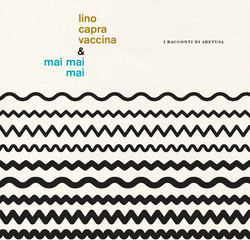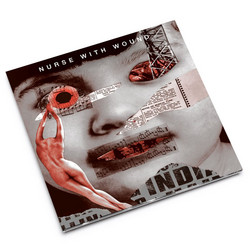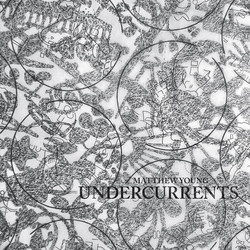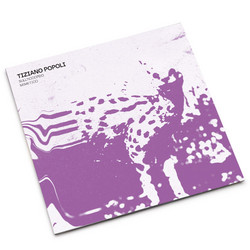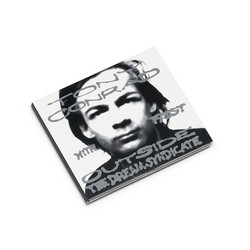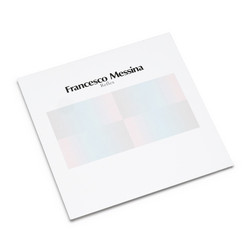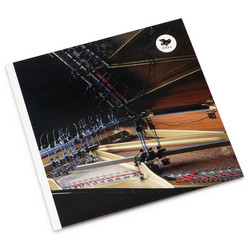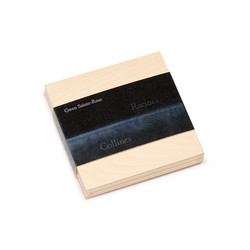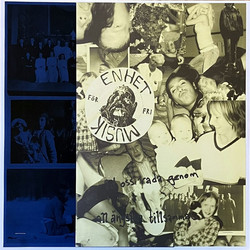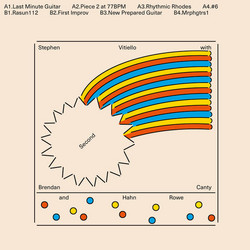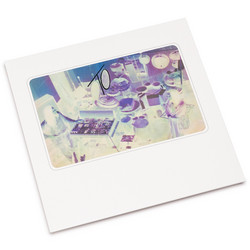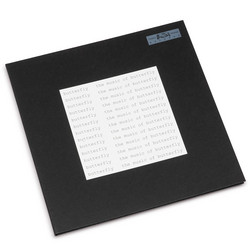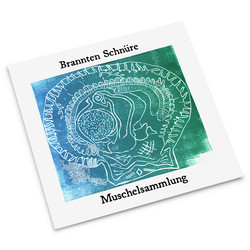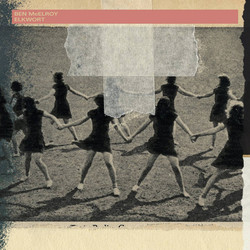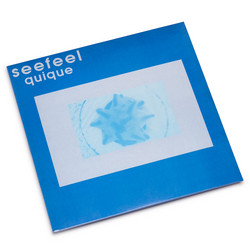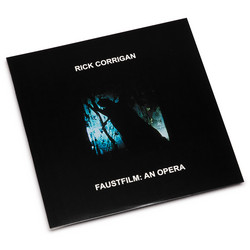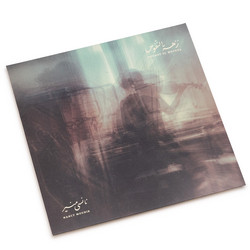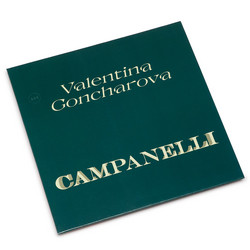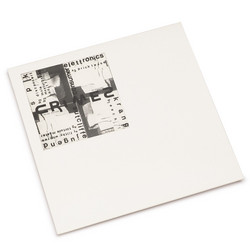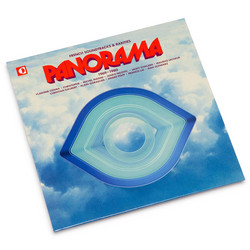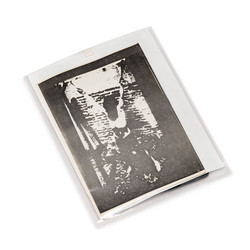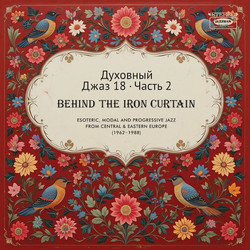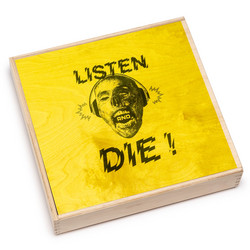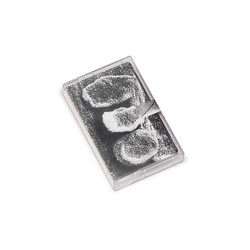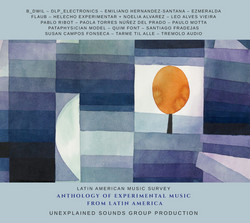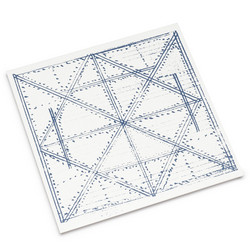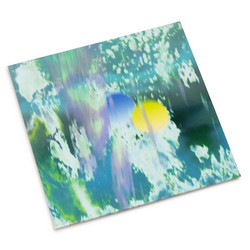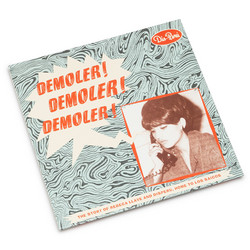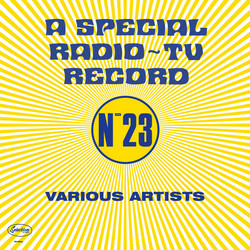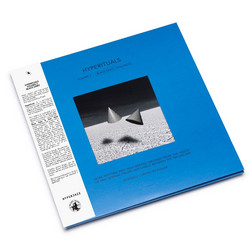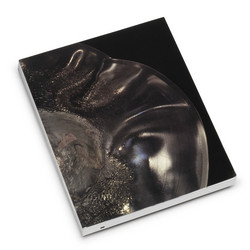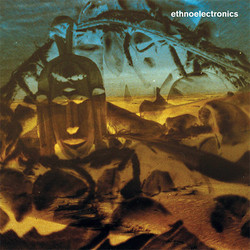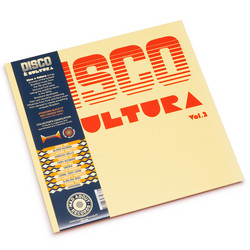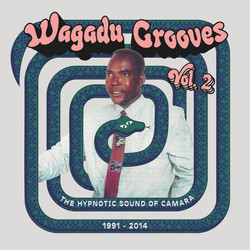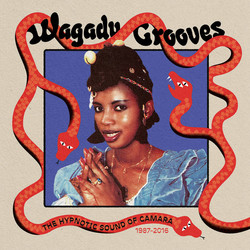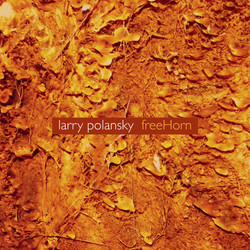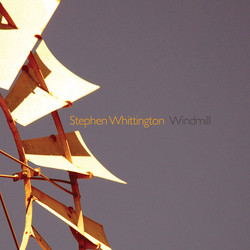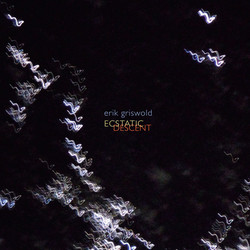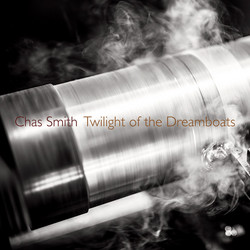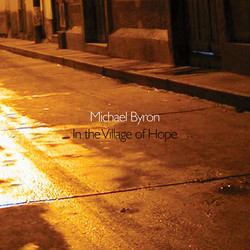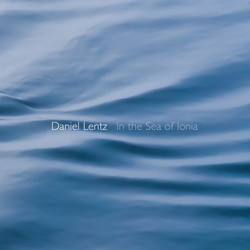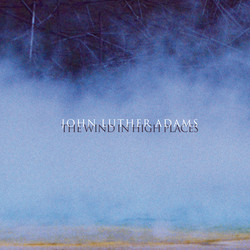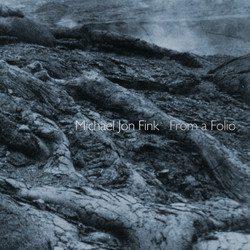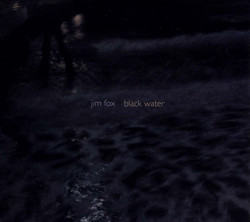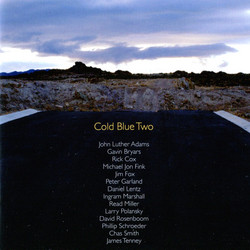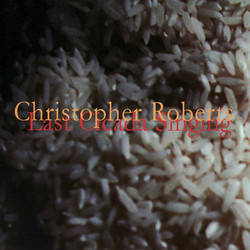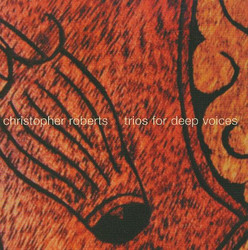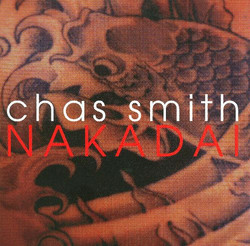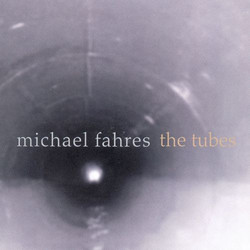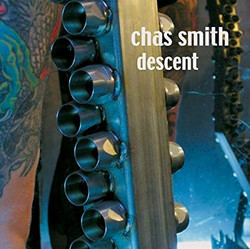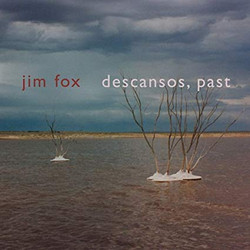Back by popular demand (and available for the first time as a CD), this essential collection of West Coast new music—an anthology known simply as Cold Blue—is a classic. Originally issued on vinyl in 1984, shortly before the demise of the old Cold Blue label, the disc quickly became the company’s most popular release. When Cold Blue was started up again in 2000, the company received numerous letters encouraging it to re-release the anthology as a CD.
Although bound together by a common concern with music’s basic sensuality, the pieces collected here are wide-ranging in style—process-driven works, through-composed pieces, ambient soundscapes, and music that glances in the directions of world music and avant-pop influences. In instrumentation, the music is also wide-ranging—from a celesta solo to a marimba quartet to a player piano solo to works for speaking voices to music for piano and bullroarer, plus works for solo piano, synthesizers, cello and piano, and perhaps the only known piece of new music for pedal steel guitar and multi-tracked banjo.
New to the CD version of this album of the anthology is a “bonus” track—a previously unreleased piano piece by composer David Mahler.
Smith‘s Beatrix is, in essence, about decay—the very gradual decay of one massive pedal steel guitar sonority, which floats on a sea of multitracked banjos.
Marshall’s Gradual Siciliano (for Gus) is an evocative piece in which a wistful mandolin line, accompanied by piano, gradually dissolves into the electronic haze that echoes it.
Garland’s The Three Strange Angels, with its unusual instrumentation of large drum, bullroarer, and piano (playing broad clusters), explores a mysterious and starkly dramatic, perhaps primal, world of slowly pulsing low-frequency sounds.
Lentz’s You Can’t See the Forest . . . Music employs the composer’s “cascading echo” technique with three speakers who play wine glasses that they tune by drinking from them as the piece unfolds, reconstructing disassembled adages.
Byron’s Marimbas in the Dorian Mode is quiet, chorale-like music that gently billows and then drifts away.
Fox’s Appearance of Red sets rich cello chords, rumbling piano tremolos, and shimmering electric guitar pitches against a pattern spun by piano.
Mahler’s La Ciudad de Nuestra Señora la Reina de Los Angeles is a haunting, slightly nostalgic piano solo that the composer wrote in the early 1980s to reflect his “precious years spent in the company of musical compatriots in the Los Angeles area in the early 1970s.” [This newly recorded piece, in its premiere recording and release, is a “bonus” track that was not part of the original release of this anthology.]
Miller’s Weddings, Funerals and Children Who Cannot Sleep is a duet for speaking voices that come together and then split apart, taking shape from natural voice rhythms and recurrent phrases that are from time to time submerged in a strange, watery electronic processing.
Kuhlman’s In This Light features the composer’s half-chanted intoning over a driving electric guitar pulse.
Cox’s Necessity, a beautiful, harmonically rich piece for prepared electric guitar, sparkles with unusual timbres and articulations.
Fink’s Celesta Solo projects a quiet, lyrical song form through the bell-like voices of the celesta, a keyboard instrument that is rarely heard in a solo setting.
Budd and Bowen’s Wonder’s Edge, an undulating duet for guitar synthesizer and keyboard synthesizer, slips in and out of a slightly twisted tango.
Tenney’s Spectral CANON for CONLON Nancarrow is a wonderfully swirling and intensely building rhythmic canon that accelerates as it introduces ever higher pitches tuned to the harmonic spectrum of its lowest note, bringing the disc to a close with a bang.
“A rewarding snapshot of composition in the decade or so leading up to 1984…Cold Blue anticipates the new tonalities that characterize the post-minimal generation.” —The Wire magazine
“Destined to be a classic anthology of American new music.” —Charles Amirkhanian
